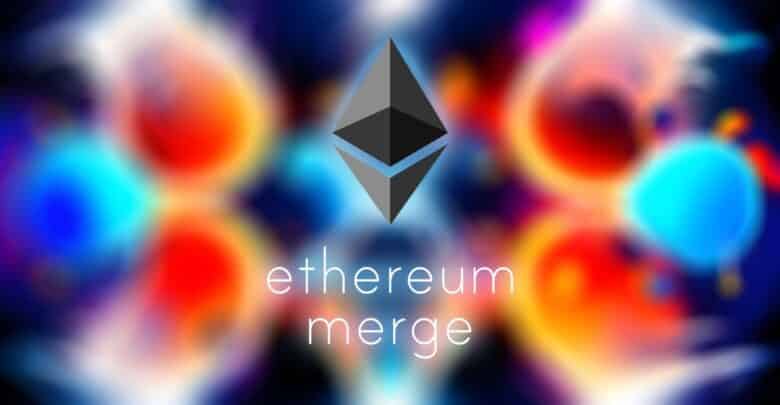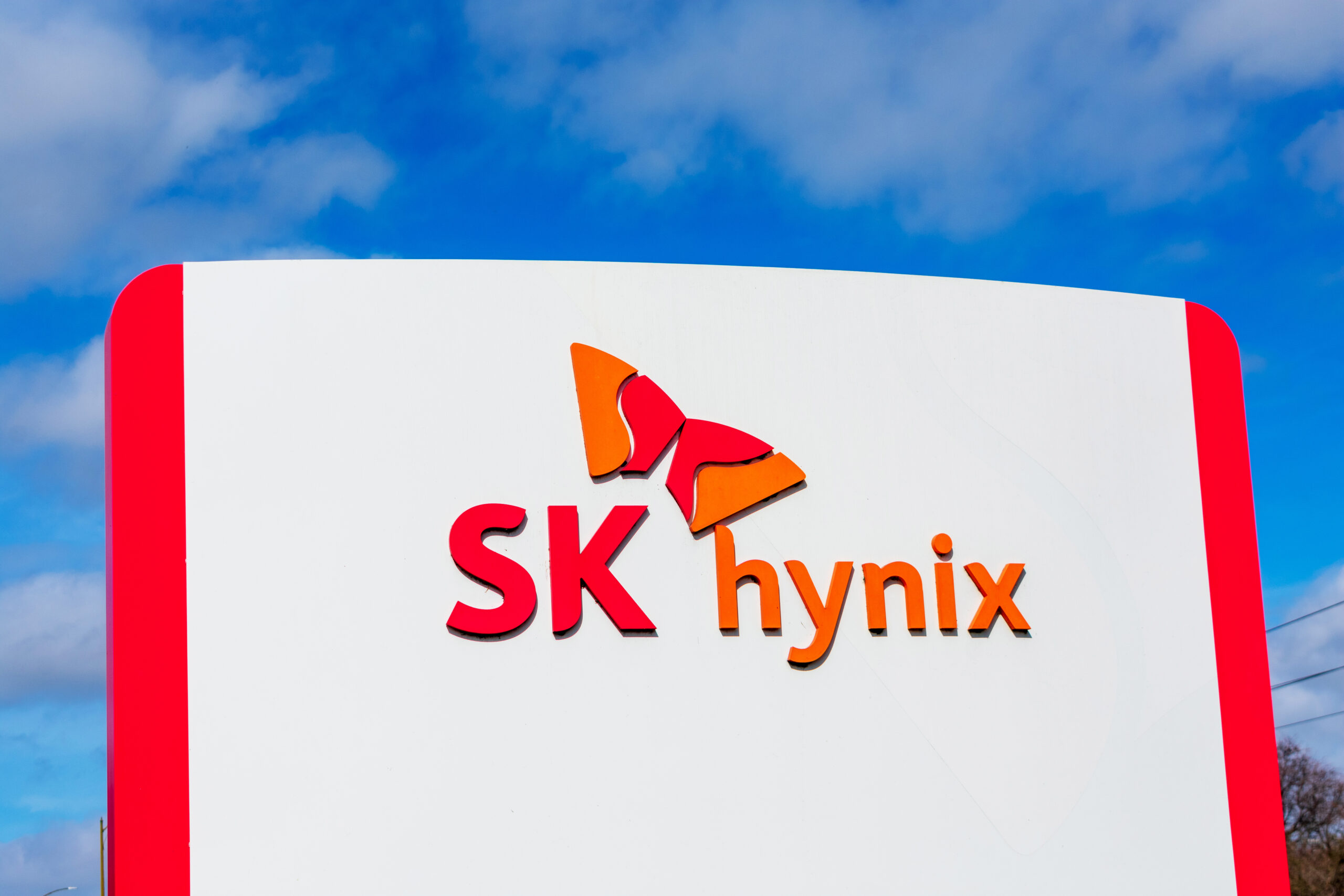JPMorgan Label Ethereum’s Post-Shanghai Upgrade Disappointing

JPMorgan analysts have, in their Thursday, September 21 publication, labeled Ethereum’s activity disappointing following the post-Shanghai upgrade. The report coincides as attention turns to the planned EIP-4844 upgrade that Ethereum network’s developers have labeled a game changer.
The JPMorgan report indicated that Ethereum activity fell short of anticipated network activity despite the timely Shanghai upgrade in April. Nonetheless, the analysts admit that the Merge upgrade featured the proof-of-work (POW) shift to the proof-of-stake (POS).
Total Value Locked in DeFi Plunge
JPMorgan analysts observe that the shift implied that the energy consumption levels within the Ethereum network declined by 99%. The Shanghai upgrade eroded Ethereum supply while staking increased sharply. The amount committed to staking increased by 50%.
Nevertheless, the JPMorgan lead analyst Nikolaos Panigirtzoglou considered the network activity as disappointing. The network behind second ranked token by market capitalization struggled to satisfy the initial projections.
JPMorgan analysts reviewed the daily transactions alongside active address trends. They observed a general decline also replicated in the total value locked (TVL) for the decentralized finance (DeFi) protocols running on the Ethereum network.
Bearish Forces Restricted Post-Merge Activity on Ethereum Network
M The general decline exhibited by Ethereum’s network activity portrays the influence of bearish forces that started in 2022 and were further fuelled by Terra and FTX collapses. The analysts observed that the widespread regulatory uncertainty in the US and the sustained crackdown are strangling activity.
The JPMorgan analysts attributed the decline in the Ethereum network to the fading interest demonstrated by the institutional investors distancing themselves from volatile crypto. Also, venture capital funding is drying up, leaving declined activity of startups on the network.
The analysts discovered that the Shanghai upgrade facilitated Ethereum validators with the opportunity to withdraw the staked Ether previously locked within the network. The multiplicity of the factors observed by the JPMorgan analysts outweighs the positive impact that the Shanghai upgrade would have delivered to bolster Ethereum’s network activity.
Ethereum Banks on EIP-4844 Upgrade to Restore Activity
The assessment by the JPMorgan analysts revealed that the Shanghai upgrade delivered mixed results for the Ethereum Layer 2 networks. Optimism realized increased activity contrary to the Abritrum, whose activity plunged. Besides, the TVL within Optimism and Arbitrum has reduced since March, when Ether was just preparing for the Shanghai upgrade implementation.
The JPMorgan analysts observed that the Ethereum network suffered from centralization. The centralization challenge emerges within the liquid staking protocols where Ethereum commands a dominant share, as seen in Lido.
The disappointing Ethereum’s post-merge activity is prompting the crypto industry to exercise caution as the network edges closer to implementing the EIP-4844 upgrade. The proEthereum community is optimistic that the EIP-4844 upgrade will deliver increased network activity. Nonetheless, the JPMorgan analysts observed that the industry is still battling the bearish crypto forces.
Ethereum Network Swaps Sharding Technique for Protodanksharding
The report profiled protodanksharding (EIP-4844 upgrade) involves the preliminary phase towards danksharding implementation. The latter differs from the sharding technique that Ethereum developers initially projected.
Danksharding would eliminate the need for splitting the blockchain into several shard chains. Instead, it integrates the data-containing blobs identified as the temporary data packets linked to the blocks. Although temporary, they are capable of holding more data than the host blocks.
The EIP-4844 upgrade is projected to facilitate Layer 2 networks, including Arbitrum and Optimism. The Layer 2 networks help bundle transactions prior to their posting to the primary chain.
EIP-4844 Upgrade Closer to Implementation
The upgrade, though the inclusion of data blobs, steers clear from altering the Ethereum block size. Instead, it creates the additional though temporary data space to accommodate the Layer 2 rollups. Doing so increases the network throughput while minimizing the transaction fees.
The JPMorgan analysts noted that Ethereum scheduled protodanksharding implementation in the last quarter of 2023. Nonetheless, the implementation may be delayed till early 2024.
Tokenhell produces content exposure for over 5,000 crypto companies and you can be one of them too! Contact at info@tokenhell.com if you have any questions. Cryptocurrencies are highly volatile, conduct your own research before making any investment decisions. Some of the posts on this website are guest posts or paid posts that are not written by Tokenhell authors (namely Crypto Cable , Sponsored Articles and Press Release content) and the views expressed in these types of posts do not reflect the views of this website. Tokenhell is not responsible for the content, accuracy, quality, advertising, products or any other content or banners (ad space) posted on the site. Read full terms and conditions / disclaimer.




